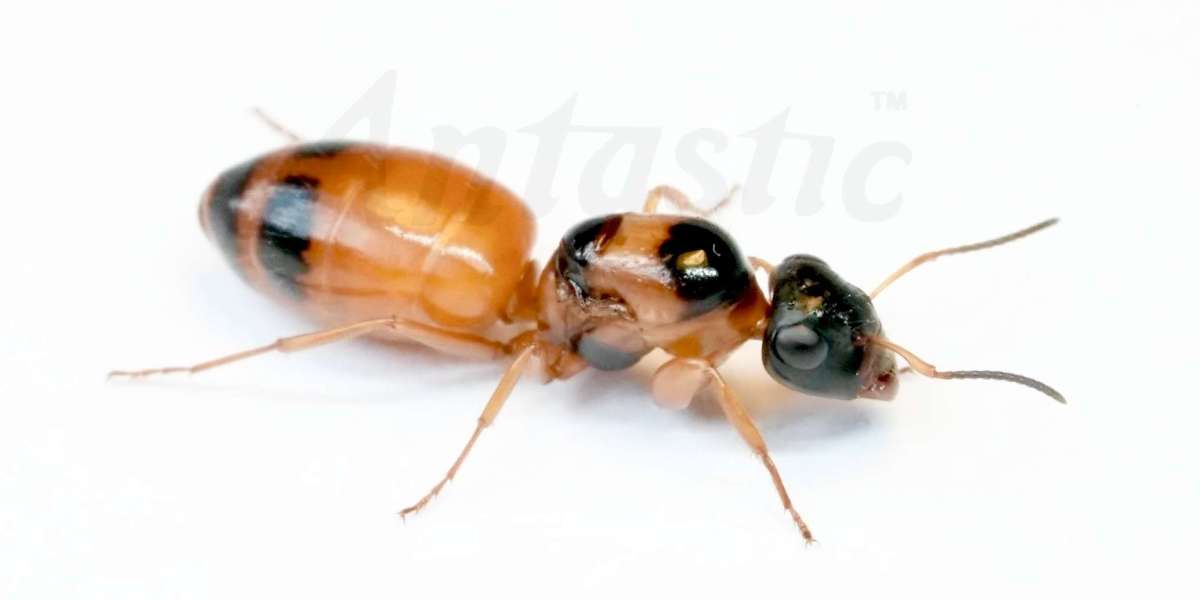The Alluring Strobe Ant: A Captivating Creature
The ant kingdom is brimming with fascinating residents, and the Strobe Ant, with its jerky movements and unique adaptations, stands out as a truly captivating insect. While you won't find strobe ant for sale listings from reputable sources (more on that later), these ants hold a special place in the scientific community due to their unusual behavior.
This blog post dives into the captivating world of Strobe Ants. We'll explore their biology, intriguing movement patterns, and the reasons why they're not ideal candidates for the pet trade. Additionally, we'll suggest alternative ways to appreciate these fascinating creatures.
Unveiling the Strobe Ant: A Look at Their Biology
Strobe Ants, scientifically known as Opisthopsis rufithorax, belong to the Formicidae family, the same family as common house ants. However, Strobe Ants are anything but ordinary. Hailing from the deserts and arid regions of Australia, these ants are known for their distinctive jerky movements and exceptional vision.
Here's a glimpse into what makes Strobe Ants so special:
Visionaries of the Ant World: Strobe Ants boast exceptional eyesight, with large compound eyes that provide a nearly 360-degree view of their surroundings. This exceptional vision is crucial for navigating their harsh desert environment and hunting for prey.
The Strobe Effect: Their namesake jerky movements, which resemble a strobe light, are thought to be a defense mechanism. The erratic movements confuse predators, making it difficult to capture the ant.
Small But Mighty: Despite their small size, Strobe Ants are surprisingly strong and swift runners. Because of these changes, they are able to hunt and catch prey more efficiently.
A Jerky Dance for Survival: Understanding Strobe Ant Movement
The jerky movements that define Strobe Ants are truly unique in the animal kingdom. Scientists believe this behavior serves several purposes:
Defense Mechanism: As mentioned earlier, the erratic movements confuse predators, making it difficult to capture the ant.
Enhanced Communication: Some theories suggest that the strobe effect might be a form of communication between ants, signaling danger or the location of food sources.
Navigation in Low-Light Conditions: The jerky movements might help Strobe Ants navigate in low-light conditions by creating a series of snapshots of their surroundings.
Why Owning Strobe Ants Isn't Recommended
While Strobe Ants are undeniably fascinating creatures, keeping them as pets is not recommended for several reasons:
Difficult to Care For: These ants have specific environmental needs, requiring a hot, dry climate that mimics their desert habitat. Replicating these conditions in a captive environment can be challenging for hobbyists.
Not Commercially Bred: Strobe Ants are not commercially bred for the pet trade. Specimens offered online are likely wild-caught, which can disrupt colony development and have negative ecological consequences.
Import Restrictions: The importation of live ants, including Strobe Ants, is often restricted or banned due to concerns about the spread of invasive species.
Appreciation Through Observation: Alternatives to Pet Ownership
If you're captivated by Strobe Ants, there are fortunately many ways to appreciate them without keeping them as pets:
Documentaries and Nature Shows: Numerous documentaries and nature shows explore the fascinating world of Strobe Ants and their unique adaptations.
Online Resources: The internet offers a wealth of information and videos about Strobe Ants, allowing you to learn more about their behavior and biology.
Australian Ecotourism: If you have the opportunity to travel to Australia, consider participating in responsible ecotourism ventures that focus on desert ecosystems. With a little luck, you might spot Strobe Ants in their natural habitat.
By appreciating Strobe Ants in the wild or through educational resources, we can gain a deeper understanding of these incredible creatures and the unique adaptations that allow them to thrive in their harsh environment. You may find another antastic ant from our webshop.








